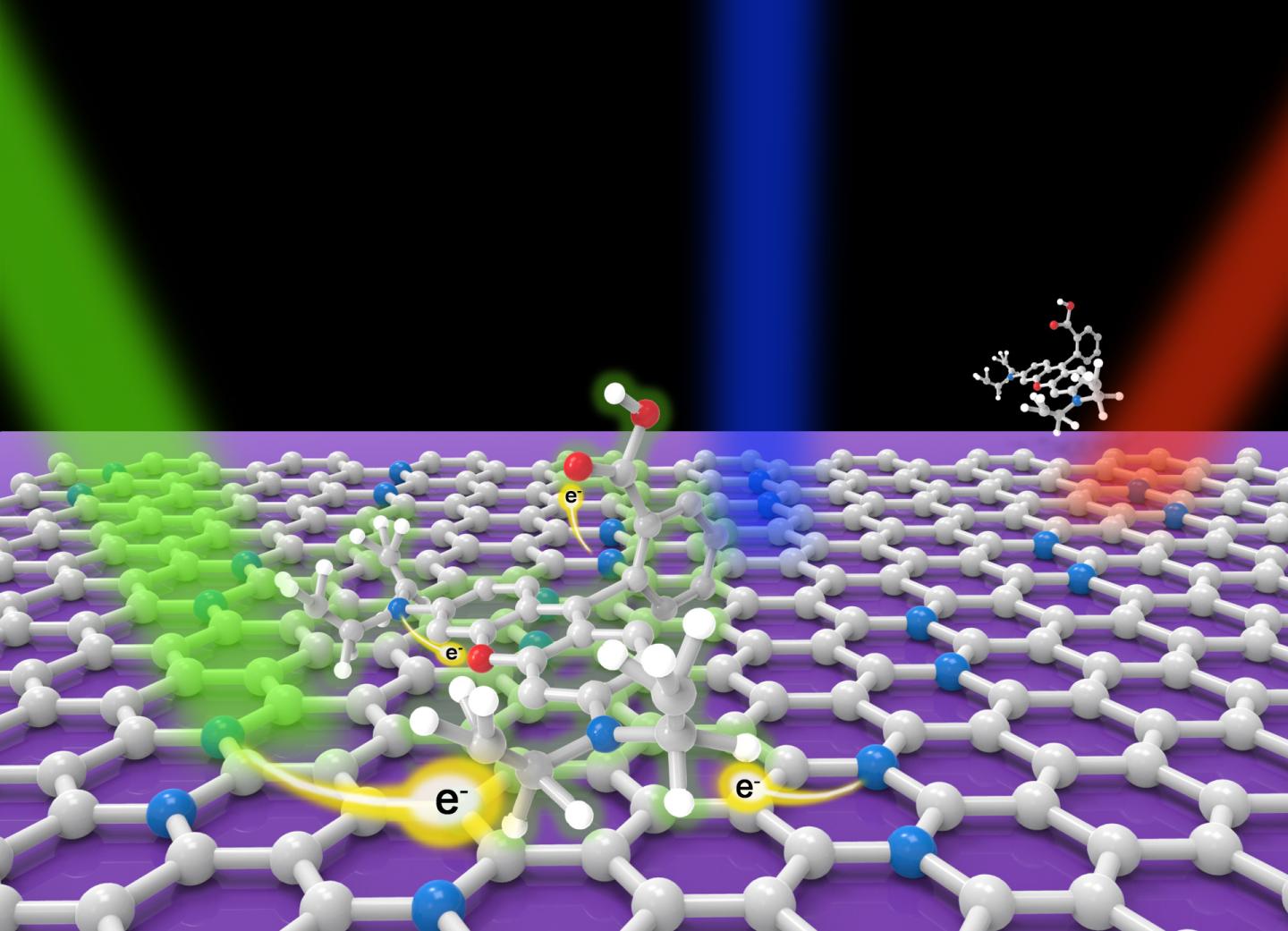Different types of biosensors based on different types of nanomaterials and their developmental and implication aspects (PhD in nano-microelectronics)
Researcher and author: Dr. ( Afshin Rashid)
Note: Different types of biosensors are amplified based on different types of nanomaterials and their developmental and implicit aspects. Measurement of biological responses in the current scenario the environment changes dynamically modified hemostatic events in the body and also the body 's happening, assumed great importance is.
The unique properties of nanomaterials such as high electrical conductivity, better shock resistance, and sensitive responses such as piezoelectric color detection mechanisms and versatile electricity are the only results of the community of nanomaterial properties. Analyzing the behavior of changing materials is very important in areas such as drug diagnosis, food quality screening, and environmental applications. In this reference, the development of efficient biosensors that can capture the minutest details of biological interactions, even on a very small scale and with extraordinary precision and maximum sensitivity, may always deserve analysis that deserves immediate attention as a key component of bioassay mechanisms. Transmission is the task of transforming bioanalytic reciprocal responses in a recognizable and reproducible manner using transfer mechanisms.
Nanomaterials can be a very amazing factor in this dimension because they have a high surface to volume ratio and make the surface used in a better and much more diverse way. In addition, their electromechanical properties are an excellent asset for biosensors technology. The marvels of nanostructures provided by nanotechnology have revolutionized existing molecular events that provide an opportunity to manipulate atoms and molecules and to observe biological phenomena at a much more physiological level. The term nano biosensor is incorrectly sensitive in the sense that it prefixes the word nano. Because nanoscience is interdisciplinary in nature, including the word nano as a prefix often means using or manipulating on a scale equivalent to one billionth of a meter. One has to slowly come up with the idea of having a nanosensor. Because nanoscience is interdisciplinary in nature, including the word nano as a prefix often means using or manipulating on a scale equivalent to one billionth of a meter. One has to slowly come up with the idea of having a biosensor. Because nanoscience is interdisciplinary in nature, the use of the word nano as a prefix often implies the use or manipulation of a scale equivalent to one billionth of a meter.
Nano- bioelectric sensors have been developed for various applications such as food quality estimation, environmental monitoring and diagnosis of clinical and metabolic complications. Nanoelectronics technology has added some very exciting materials to improve the sensing phenomenon. The use of a variety of nanomaterials such as nanoparticles, nanotubes, nanotubes and nanowires makes it faster to identify and repeatable in a much better way.
Researcher and author: Dr. ( Afshin Rashid)
PhD in Nano-Microelectronics




